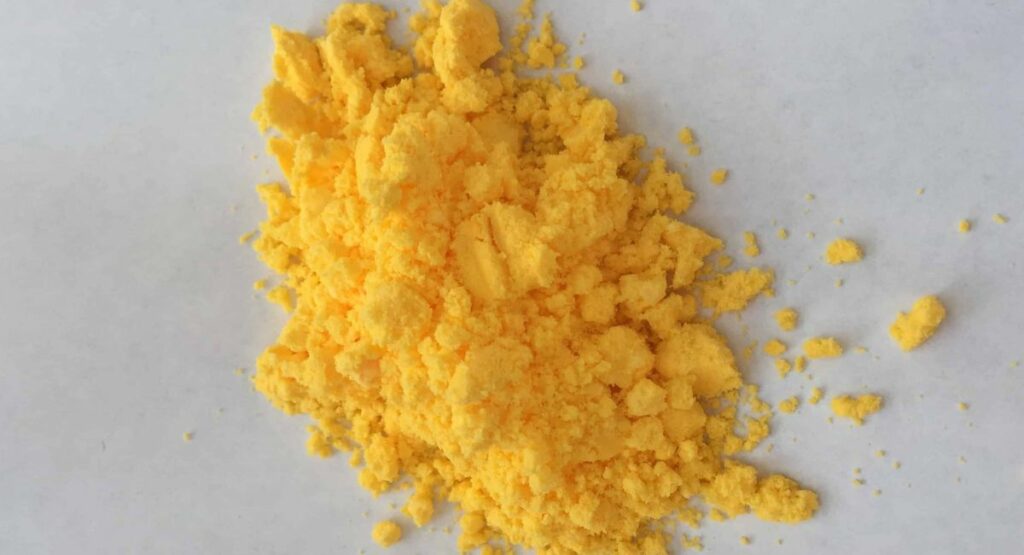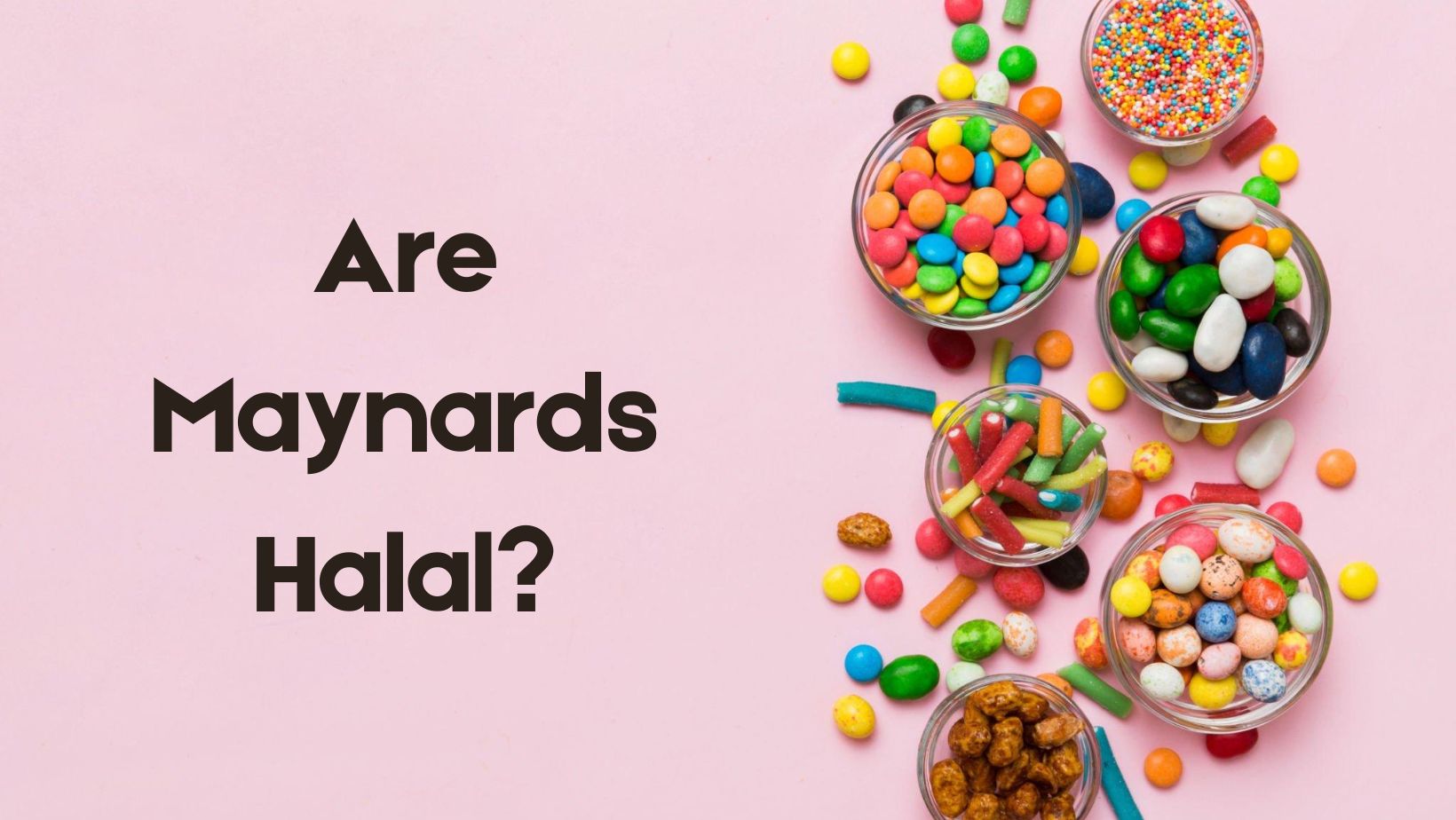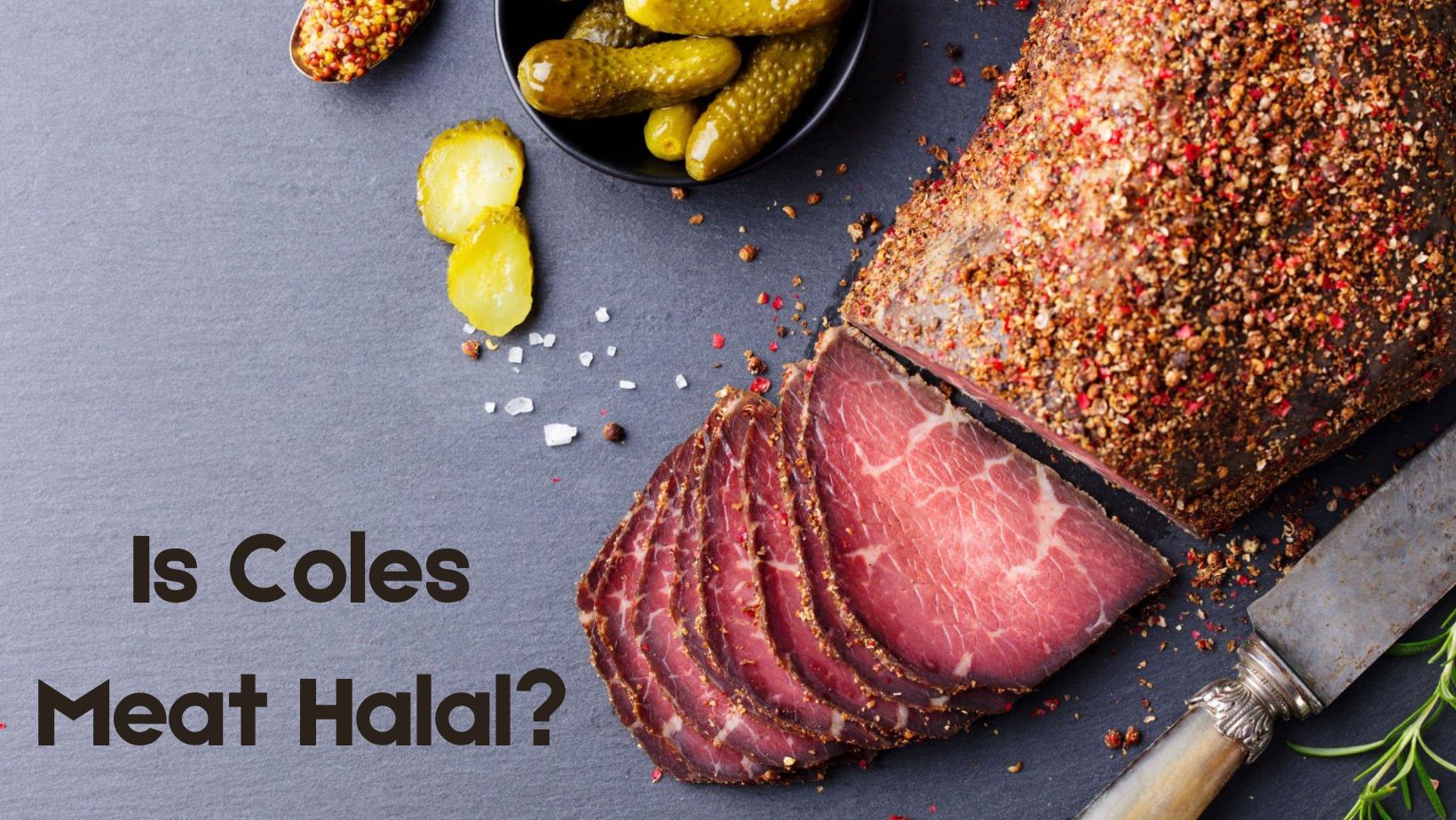When it comes to maintaining dietary compliance with religious principles, individuals adhering to Halal guidelines often find themselves confronted with a myriad of inquiries concerning the permissibility of various food ingredients. Within this realm of questioning, a particular hue has garnered significant attention: Yellow 5. The question on everyone’s lips is, “Is Yellow 5 Halal?”
This burning inquiry has ignited a comprehensive exploration into the world of food additives, their origins, and the principles that govern their acceptability. In this blog, we embark on a journey of discovery to unveil the truth behind Yellow 5 and find out the answer to this question; Is Yellow 5 Halal? Let us delve into the depths of this enigma, as we demystify Yellow 5 and its place within the Halal framework.
What Is Yellow 5?
Yellow 5, also known as Tartrazine or E102, is a synthetic lemon-yellow food coloring commonly used in the food and beverage industry. It belongs to the class of azo dyes, which are organic compounds containing the azo functional group (-N=N-). Yellow 5 is one of the most widely used artificial food colorings, and its vibrant yellow shade makes it popular in various products.
Yellow 5 is primarily derived from coal tar, a byproduct of coal processing. However, it can also be synthesized chemically using petroleum. It is classified as a synthetic dye because it is not naturally occurring. The manufacturing process involves several chemical reactions to produce the desired colorant.
This food coloring is often added to a wide range of products, including beverages, candies, desserts, snack foods, baked goods, sauces, and even certain medications. It is used to enhance or impart a yellow color to these products, making them more visually appealing to consumers. In addition to its coloring properties, Yellow 5 may also be used as a flavor enhancer in some cases.
Yellow 5 has been approved for use by regulatory authorities such as the U.S. Food and Drug Administration (FDA) and the European Food Safety Authority (EFSA). These agencies have evaluated its safety and established guidelines for its usage and acceptable daily intake. However, it is worth noting that some individuals may be sensitive or allergic to Yellow 5, and its consumption can potentially cause adverse reactions in susceptible individuals.
Concerns have been raised about the safety of Yellow 5, particularly regarding its potential impact on hyperactivity and allergic reactions in children. Some studies have suggested a possible link between the consumption of artificial food colorings, including Yellow 5, and increased hyperactivity in certain children with attention deficit hyperactivity disorder (ADHD) or other behavioral issues. However, the evidence is not conclusive, and further research is needed to fully understand these potential effects.
In terms of allergic reactions, Yellow 5 may cause symptoms such as hives, itching, swelling, respiratory difficulties, or even anaphylaxis in susceptible individuals. People with known allergies to aspirin or those with an intolerance to salicylates may be at a higher risk of experiencing adverse reactions to Yellow 5.
To ensure the safety of consumers, food products containing Yellow 5 are required to display its presence on the ingredient list. This allows individuals who are sensitive or allergic to the dye to make informed choices about the products they consume. Additionally, some countries have specific regulations regarding the maximum allowable levels of Yellow 5 in different types of food and beverages.
As with any food additive, it is generally recommended to consume Yellow 5 in moderation and as part of a balanced diet. If you have concerns about Yellow 5 or any other food additive, it is advisable to consult with a healthcare professional or allergist who can provide personalized guidance based on your specific needs and health conditions.
What Is Yellow 5 Made Of?

Yellow 5, also known as Tartrazine or E102, is a synthetic food coloring that is made up of various chemical components. While the exact recipe for Yellow 5 can vary slightly depending on the manufacturer, the following is a list of common ingredients used in its production:
- Coal tar: Yellow 5 is derived from coal tar, which is a byproduct of coal processing. Coal tar is a complex mixture of organic compounds and serves as the primary raw material for the production of Yellow 5.
- Benzene: Benzene is an aromatic hydrocarbon that is obtained from coal tar. It serves as a starting material for the synthesis of Yellow 5.
- Sodium nitrite: Sodium nitrite (NaNO2) is a salt that is commonly used in the production of Yellow 5. It is involved in the diazotization reaction, which is a key step in the synthesis of the food coloring.
- Sulfuric acid: Sulfuric acid (H2SO4) is an acid that is used in the diazotization reaction to convert benzene into a diazonium salt. It plays a crucial role in the formation of Yellow 5.
- 5-aminonaphthalene-1-sulfonic acid: This compound, derived from coal tar, is coupled with the diazonium salt to produce the final Yellow 5 compound. It contributes to the yellow color of the food coloring.
It is important to note that the production of Yellow 5 involves additional steps, such as purification and drying, to ensure the safety and quality of the final product. These steps may not involve additional ingredients but focus on removing impurities and obtaining the desired form of Yellow 5.
Manufacturers of Yellow 5 adhere to regulations and guidelines set by food safety authorities, such as the U.S. Food and Drug Administration (FDA) and the European Food Safety Authority (EFSA). These authorities ensure that the food coloring meets specific safety standards and is suitable for consumption.
Does Yellow 5 Contain Pork?
No, Yellow 5 (Tartrazine or E102) does not contain pork. Yellow 5 is a synthetic food coloring derived from coal tar or petroleum, and it does not involve any animal-derived ingredients in its production.
Yellow 5 is chemically synthesized using compounds such as benzene, sodium nitrite, sulfuric acid, and 5-aminonaphthalene-1-sulfonic acid. These ingredients are derived from non-animal sources and do not include any pork or other animal products.
As a food coloring, Yellow 5 is commonly used in a wide range of food and beverage products to provide a vibrant lemon-yellow color. It is frequently found in candies, desserts, snack foods, baked goods, sauces, and certain medications.
If you have specific dietary or religious restrictions related to pork or any other animal-derived ingredients, it is always advisable to carefully check the ingredient lists and consult with the manufacturer or a trusted food authority to ensure the suitability of a product.
Does Yellow 5 Have Gelatin?
No, Yellow 5 (Tartrazine or E102) does not contain gelatin. Gelatin is a protein substance derived from collagen, which is typically obtained from animal sources, such as the skin, bones, and connective tissues of pigs or cows. However, Yellow 5 is a synthetic food coloring that is not derived from animal products.
Yellow 5 is produced through chemical synthesis using ingredients like benzene, sodium nitrite, sulfuric acid, and 5-aminonaphthalene-1-sulfonic acid. These compounds are derived from non-animal sources and do not involve the use of gelatin or any other animal-derived ingredients in their production.
As a food coloring, Yellow 5 is commonly used in various food and beverage products to provide a bright yellow color. It can be found in candies, desserts, snack foods, baked goods, sauces, and certain medications.
If you have specific dietary restrictions or preferences related to gelatin or any other animal-derived ingredients, it is always recommended to carefully review the ingredient lists and consult with the manufacturer or a trusted food authority to ensure the suitability of a product.
Is Yellow 5 Safe?
Yellow 5 (Tartrazine or E102) has been approved as safe for consumption by regulatory authorities such as the U.S. Food and Drug Administration (FDA) and the European Food Safety Authority (EFSA). These agencies have evaluated the safety data and established guidelines for the usage of Yellow 5 in food and beverages.
However, it is important to note that some individuals may be sensitive or allergic to Yellow 5, and its consumption can potentially cause adverse reactions in susceptible individuals. Commonly reported symptoms include hives, itching, swelling, respiratory difficulties, or even anaphylaxis. People with known allergies to aspirin or those with an intolerance to salicylates may be at a higher risk of experiencing adverse reactions to Yellow 5.
Concerns have also been raised regarding the potential impact of Yellow 5 on hyperactivity and behavioral issues, particularly in children with attention deficit hyperactivity disorder (ADHD). Some studies have suggested a possible link between the consumption of artificial food colorings, including Yellow 5, and increased hyperactivity in certain children. However, the evidence is not conclusive, and further research is needed to fully understand these potential effects.
To ensure the safety of consumers, food products containing Yellow 5 are required to indicate its presence on the ingredient list. This allows individuals who are sensitive or allergic to the dye to make informed choices about the products they consume.
As with any food additive, it is generally recommended to consume Yellow 5 in moderation and as part of a balanced diet. If you have concerns about Yellow 5 or any other food additive, it is advisable to consult with a healthcare professional or allergist who can provide personalized guidance based on your specific needs and health conditions.
Is Yellow 5 Halal Or Haram?
Determining whether Yellow 5 (Tartrazine or E102) is halal or haram (permissible or prohibited) can be a topic of debate among different Islamic scholars and authorities. The permissibility of Yellow 5 can depend on its source and any potential cross-contamination during manufacturing processes. Here are some factors to consider:
- Source: Yellow 5 is a synthetic food coloring derived from coal tar or petroleum. These sources are generally considered permissible in Islamic dietary guidelines, as they do not come from animals or alcohol.
- Manufacturing Process: It is crucial to ensure that the manufacturing process of Yellow 5 does not involve any haram (prohibited) ingredients or processes. This includes avoiding cross-contamination with animal-derived substances or alcohol during production, packaging, or transportation.
- Certification: Some halal certification organizations provide specific guidelines for food additives, including colorings like Yellow 5. Checking for a reliable halal certification on the product or contacting the manufacturer to confirm compliance with halal standards can provide assurance.
It is recommended for individuals who follow a halal dietary lifestyle to consult with trusted Islamic scholars or certification organizations to obtain accurate and up-to-date information regarding the permissibility of Yellow 5. They can provide guidance based on specific interpretations of Islamic dietary laws and the sourcing and manufacturing processes of Yellow 5.
Ultimately, the determination of whether Yellow 5 is halal or haram may vary depending on individual interpretations and the specific guidelines followed. It is essential for individuals to make informed decisions based on their own religious beliefs and the guidance provided by recognized Islamic authorities.
Frequently Asked Questions (FAQs)
Does Yellow 5 Cause Cancer?
Should Vegans Avoid Yellow 5?
Is Yellow 5 Tested On Animals?
Conclusion
In conclusion, the question of whether Yellow 5 is halal is a complex one. While Yellow 5, also known as Tartrazine, is a synthetic food coloring commonly used in various food products, determining its halal status requires careful consideration and investigation.
Halal certification involves examining the ingredients, production processes, and sources of the additive. In the case of Yellow 5, it is derived from coal tar, a petroleum product. This raises concerns among some Muslims, as the use of petroleum-derived ingredients may not be considered halal by certain scholars and certification bodies.






